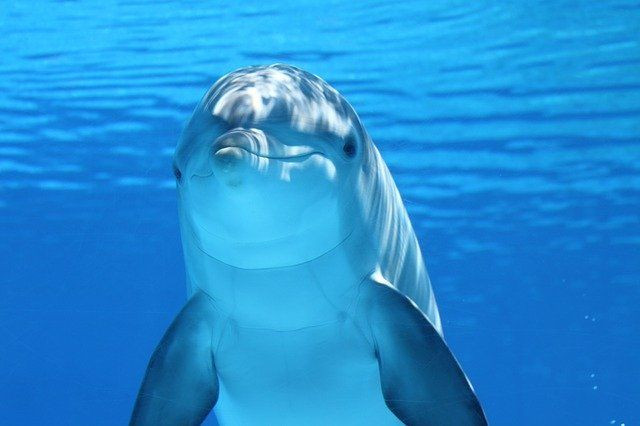Researchers Find That Dolphins Are Mostly Right Handed

A report has revealed that it is not just human beings who are right or left-handed. Animals apparently show a clear preference for has been termed as lateralized behavior.
Reindeer herds may circle in a counter-clockwise direction while giraffes move the left leg before they splay their legs. Some primates have been found to have a bias with their right limbs.
Scientists have now found that bottlenose dolphins show a preference for their right side, especially during foraging.
Dr. Daisy Kaplan, a co-author from the Dolphin Communication Project, said that she did not expect to find such particular behavior and not as a strong example.
Researchers are currently studying the bottlenose dolphins in the Bahamas. They are saying the preference emerges in crater feeding, where the dolphins swim very close to the ocean floor and utilize echolocation to find prey. They put their beaks into the sand when they have located food.
Kaplan and her colleagues mentioned in the Royal Society Open Science that the animals tend to make a sharp and sudden turn before they use they beaks on the ocean floor.
The turns were almost always to the left and in the same direction. It was taken in 99% of the more than 700 turns recorded by the scientists.
Researchers had captured more than 10 hours of video footage between 2012 and 2018 as the dolphins swam near the seabed and then scanned for fish and eels in the sand using echolocation.
The claim was the findings indicated a right-side bias by the dolphins because the left turn kept the dolphin's right eye and side close to the ocean floor.
Only four right turns were made, and the same animal made all of these with a malformed pectoral fin. Kaplan was quick to distinguish bias by saying it was not likely that it had anything to do with the fins considering other malformed finned dolphins still turned left.
It is not the first time right side bias has been recorded in cetaceans. It has also been reported in grey and humpback whales, while the dusky dolphins in New Zealand are known to circle clockwise around schools of fish.
The study, though, did not examine reasons for this behavior, though the authors said because of the right-side bias, it was directly related to the brain function.
Kaplan also said that as humans process language in the left hemisphere of the brain, the dolphins could also use the left brain to process their sensory information.





















